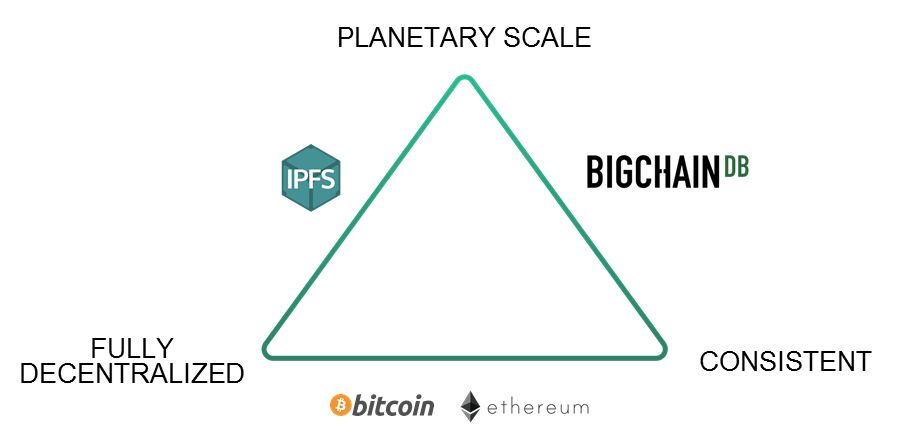
Cross-chain solutions are increasingly catching the attention of speculators within the decentralized finance ecosystem. As products and platforms grow in popularity, interoperability between separate chains is becoming increasingly important.
With protocol layers often solving a range of legacy economy issues, connecting disparate solutions into one complete, homogeneous ecosystem could be the difference between cryptocurrency mass adoption and failure.
We’ll start by examining the cross-chain marketplace as a whole, before taking a look at some of the exciting projects making blockchain interoperability a reality.
Atomic Power
Interoperability isn’t a new concept within the crypto-sphere. Atomic swaps across separate chains have been promised since 2013, with entire layer 1 protocols built to facilitate this functionality. Despite the buzz around the potential of the underlying technology, atomic swaps failed to capture the imagination of the wider market. As a result, crypto-asset swaps and its advantages were largely forgotten, with the lion’s share of alternative development efforts captured by Ethereum.
However, history has a funny way of repeating itself. A new wave of cross-chain solutions are taking the market by storm, and have their sights set on unleashing the full potential of decentralized finance.
Interoperability and Me
NEO, Ontology and Switcheo kick off our cross-chain swap renaissance, having recently combined forces in order to launch the Poly Network – a ‘heterogeneous interoperability protocol alliance.’ Designed to seamlessly integrate the Ethereum, Cosmos and Neo platforms into the larger cross-chain ecosystem, the Poly Network enables enterprises leveraging the Ontology blockchain to move seamlessly between multiple chains.
It doesn’t stop there. The Band protocol is leveraging its novel blockchain agnostic oracle architecture in order to facilitate trustless cross-chain data communication, partnering with the Tron foundation as a result. KIRA is in the final stages of launching its unique Multi-Bonded Proof of Stake (MBPoS) technology and ecosystem – giving near-unlimited access to liquid staking opportunities for crypto assets, digital fiat and commodities across multiple chains
Tier 1 scaling solutions are vying for the spotlight too. The NEAR protocol helps developers and users avoid the sky-high gas fees associated with Ethereum network congestion by transferring ‘performance or gas-fee critical parts to NEAR while keeping their Ethereum-native user base’.
There’s more to cross-chain DeFi solutions than just facilitating blockchain transaction compatibility however, as we’re about to see.
Scaling for the Future
Decentralized applications often present clunky user experiences. On and off-chain technology stacks make complex processes difficult to streamline. Scaling for genuine mass adoption will only bring further teething problems with apps already stretched to accommodate moderate usage. To meet this demand, a growing number of communication solutions between different chains and Dapps are competing to alleviate computational bottlenecks.
Aleph.im, a decentralized, cross-blockchain layer 2 application network, aims to do just that. Operating within what is often referred to as the ‘last mile of DeFi’, aleph.im is building a complete cross-chain scalability network in order to address and enhance the current drawbacks of distributed ledger technology.
The network provides access to instant, low-latency global status updates, IPFS data pinning and replication, API service decentralization, virtual machine code execution and verification, as well as bulk content writing to facilitate fee-less commits. By creating a trustless messaging and application layer, aleph.im is aiming to unlock the true potential of interchain liquidity and cross-chain composability.
This has caught the attention of companies like Jarvis, Orion Protocol and Serum who have joined forces with the company, proving the growing demand for genuine solutions to off-chain over-dependencies. Currently, NULS, Ethereum, Binance Chain and Neo are all supported, with further cross-chain compatibility in the pipeline.
Conclusion
As Michael Egorov from Curve said: “DeFi will grow really big and will replace banks and power a whole new world of financial systems, but there’s a long way to go.” While there is a lot of work remaining, cross-chain composability is a real and will help power DeFi into new levels of adoption and functionality.
It is safe to assume the industry will see challenges around legal and jurisdictional requirements, especially as regulators start to consider what the future of blockchain, decentralized finance, and stablecoins play in the global financial system. Until then, expect to see more innovative solutions around cross-chain compatibility hitting the market.









